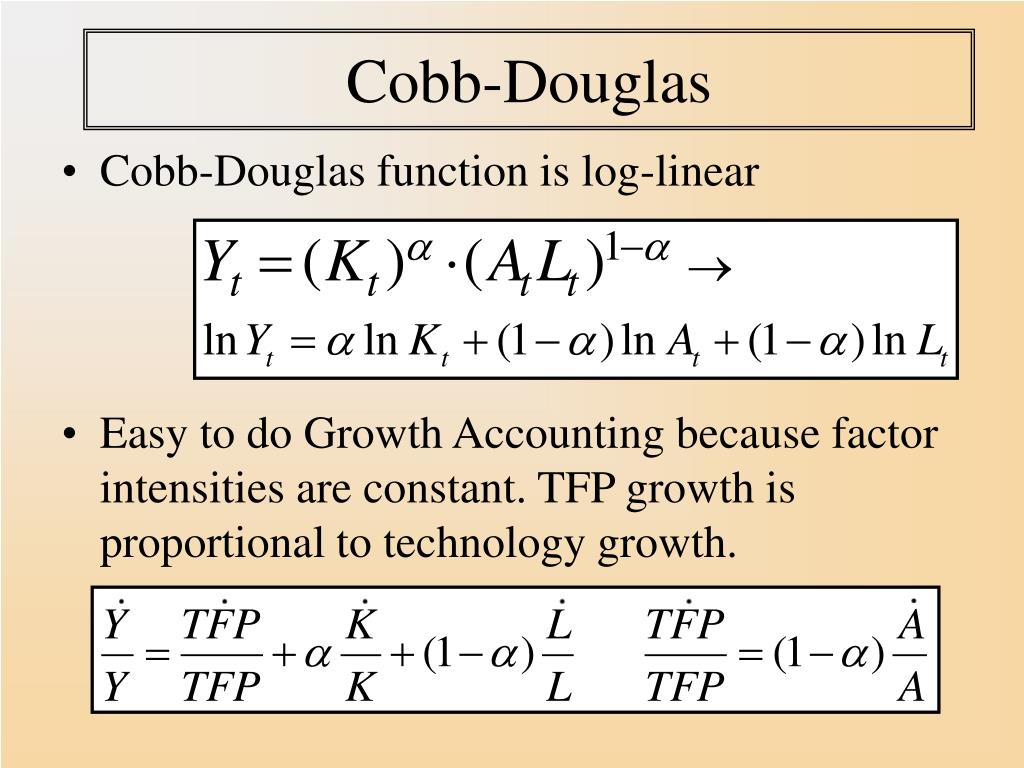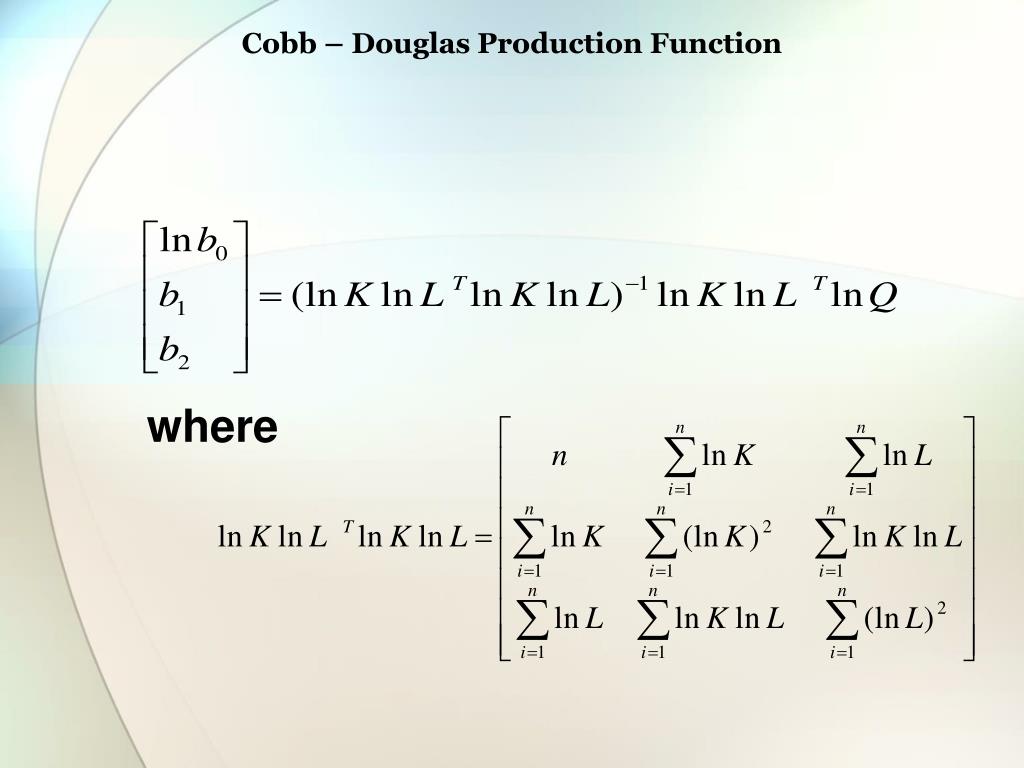
It is clear from (8.116) that as L rises, the slope of the IQ, i.e., dK/dL, also rises or the absolute slope of the IQ diminishes. That is, if the firm increases the use of one of the inputs, that of the other remaining unchanged, then the AP and the MP of the former input would decrease. (iii) In the case of C-D production function (8.103), the AP L and MP L curves and the AP K and MP K curves, all would be downward sloping. (8.108) wouldĪs we know, MRTS L,K is the marginal rate of technical substitution of L for K. MRTS L.K = MP L/MP K = function of L/K ratio. (ii) Since in the case of C-D production function (8.103), we have obtained both MP L and MP K to be functions of L-K ratio, this function have the following property also: In other words, they can change only when firm changes L and K in different proportions. Therefore, if the firm changes the quantities of L and K keeping their ratio unchanged, all these average and marginal products would remain constant. We have seen above that AP L, AP K, MP L and MP K are all functions of the K-L ratio. (i) Average and marginal products of L and K, i.e., AP L, AP K, MP L, and MP K would all be the functions of L-K or K-L ratio. The properties of this function, i.e., (8,102), are

The C-D production function of degree one may be written Properties of Cobb-Douglas Production Function, Homogeneous of Degree One :

On the other hand, if the C-D function is homogeneous of degree one as given by (8.100) and (8.101), then the function is called a linearly homogeneous C-D function. If the C-D production function is homogeneous of any degree α + β as in (8.100) and (8.100a), then (8.100) may be called the generalized version of the C-D function. In that case, (8.100) would give us that if L and K are increased by the factor t, then Q would also increase by the factor t.

Also (8.100a) gives us that the condition for the C-D function (8.100) to become homogeneous of degree one (or linearly homogeneous) is We obtain from (8.100a) that if L and K are increased by the factor t, Q would increase by the factor t α +β.


 0 kommentar(er)
0 kommentar(er)
